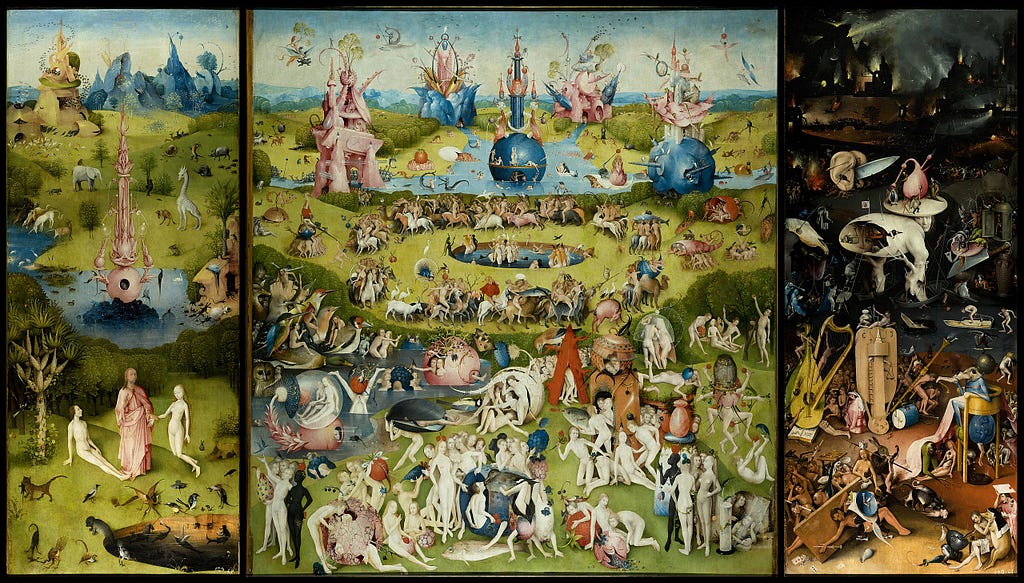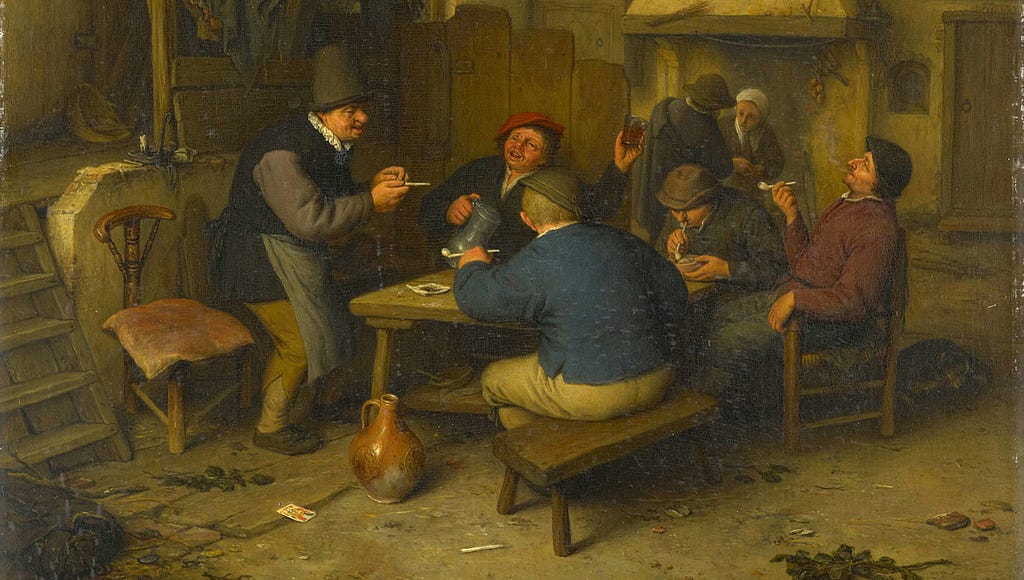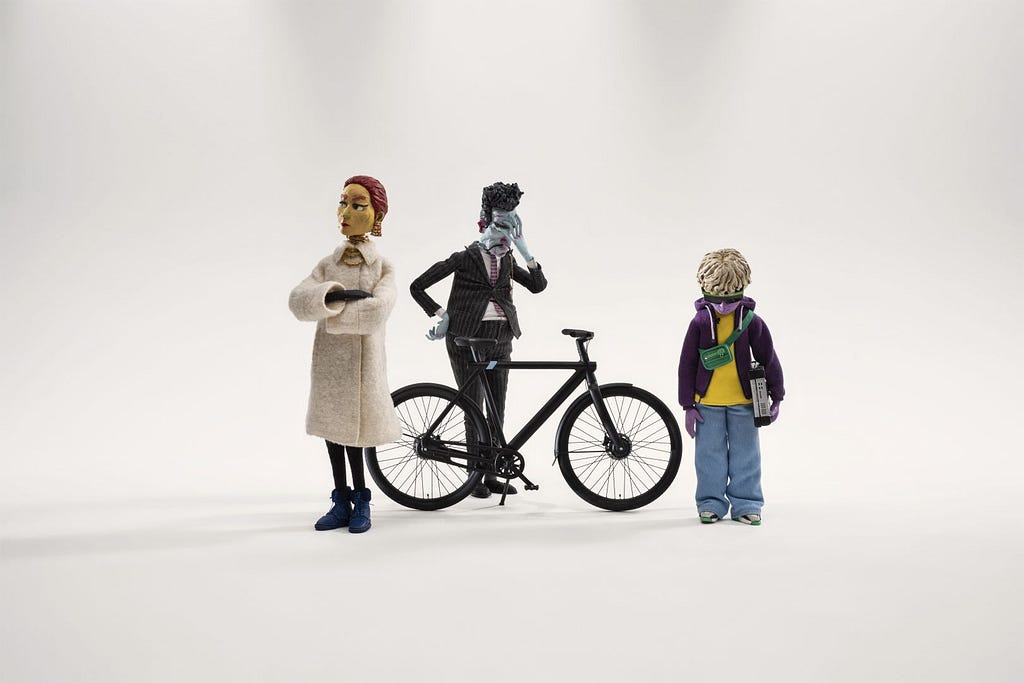When the principles of design place a greater emphasis on optimizing efficiency over nurturing craftsmanship, a notable shift occurs toward industrialization.

During this transformative phase; the age of creative machines where AI is more and more performing tasks that were once the sole domain of designers, now our unwavering commitment and abundant resources are purposefully directed toward the fulfillment of manufacturing demands.
We are prioritizing efficiency aiming to streamline production processes and harness the potential of modern technology to support economic metrics with the utmost effectiveness.
Efficiency can be a sound business strategy if you manufacture commodity products such as pencils, nail clippers, shoe laces, or cars. By creating a satisfactory template model and reproducing thousands of copies, you can save money and gain an economic advantage.
It’s a little different, however, when you’re producing something intended to be a uniquely individual, or collaborative experience that has direct effects on societies and influences human behavior. In that case, optimizing efficiency over craftsmanship can have bad results.
This is not surprising this has happened to design when clients demand reduced prices with quick turnarounds, when investors demand high returns regardless of circumstances or consequences, and when “good enough” is the standard unit of quality, it is inevitable that craftsmanship will take a back seat.
“Designers are laboring under defective job descriptions and a limiting framing of the field. As a result, the outcomes we claim to be able to accomplish through design — business success by way of understanding and serving real human needs — aren’t happening as much as they should or could.”

Craftsmanship
Craftsmanship is the art of producing high-quality work through dedicated effort, skillful techniques, and meticulous attention to detail. In a creative context, it refers to the ability to use one’s imagination and talent to create something unique and valuable.
However, companies often overlook the importance of design and craftsmanship in favor of mass production and cost-effectiveness. This results in a significant decline in the quality of products and services, which can ultimately harm the consumer’s experience.
“Design conveys a sense of craft, a sense of dedication to best practices, and the intentional effort behind serving those who use the end state. Product conveys capital. It conveys an object to be sold. It conveys a unit to be moved, to generate upward momentum on a share price.”
The growth model of the 20th century required that designers and companies achieve economies of scale. But in the 21st century, with social challenges increasingly disrupting world markets, this changed the focus of the design processes. We needed to understand how to build eco-conscious design practices and engage with communities that have problems to leverage existing creativity and experience.

Room for error
We are pushed toward maximizing efficiency in a way that leaves no room for error, despite the room for error being the most important factor of long-term success.
In a competitive world, opportunities must be seized before your rivals do so. Hence, every opportunity is exploited to its fullest potential at the earliest. This approach accelerates progress, but it also has an unpleasant consequence. When all opportunities have been exhausted, there is no room for error, and any system vulnerable to unpredictability and mishaps will inevitably collapse.
So many people strive for efficient lives, where no hour is wasted. But when no hour is wasted you have no time to wander, explore something new, or let your thoughts run free — which can be some of the most productive forms of thought.

Psychologist Amos Tversky once said: “The secret to doing good research is always to be a little underemployed. You waste years by not being able to waste hours.”
A successful person purposely leaving gaps of free time on their schedule can feel inefficient. And it is, so few people do it. The paradox is that having room for error is crucial for long-term survival, but also maximizing efficiency to eliminate the room for error can be essential for short-term survival.
Those who challenge this notion — whether they are companies, employees, or economies that are willing to sacrifice short-term gains for long-term survival — are seen as oddballs.
They are often not fully comprehended and can be easily criticized. Although they may underperform most of the time, they ultimately endure long enough to reap the rewards and have the last laugh, yielding the highest returns.
“In our fast-paced world today, we often forget the importance of patience and taking time to think things through. We want to remind people of the value of creativity and clever thinking, supporting a movement that embraces focus, skill, and understanding over fast production and short-lived trends. This doesn’t mean we’re against technology, but we’re asking for a balance between using technology and the traditional principles of design as a craft.”

Creativity
The advertising industry is an arena where big successes are achieved through only two routes — either by generating great creative work or by spending massive amounts of money. For those who aim for a grand success in advertising, the path forward requires an unwavering commitment to either one of these two strategies.
Undoubtedly, creating exceptional ads through great creative work is the more desirable approach. However, the problem lies in the fact that producing great ads requires great craftsmanship and is a far more challenging task than it seems.
As you may have noticed, roughly 95% of all ads are not original, not inspiring, or effective at all. The same holds true for books, songs, and paintings.
Welcome to the age of average. This article argues that from film to fashion and architecture to advertising, creative fields have become dominated and defined by convention and cliché. Distinctiveness has died. In every field we look at, we find that everything looks the same.

The root cause of this phenomenon is relatively simple: Creative talent is a rare and valuable commodity, and it is not something everyone possesses.
As a result, our relentless focus on efficiency at the expense of craftsmanship has been tremendously damaging. We have lost sight of what brought us to where we are now.
It is time for us to recognize the value of creative talent and invest in it accordingly. Only then we can hope to produce truly outstanding and remarkable work that will leave a lasting impact.
— That’s it for this edition. In a world where change must be made, design can have an important role to communicate, educate and promote that change. And designers have a big role to make a difference in our society.
If you are interested in more about how to create a better world, from person to brand to product, we are exploring ways to make that happen. Join us.
Efficiency over craftsmanship was originally published in UX Collective on Medium, where people are continuing the conversation by highlighting and responding to this story.


Leave a Reply